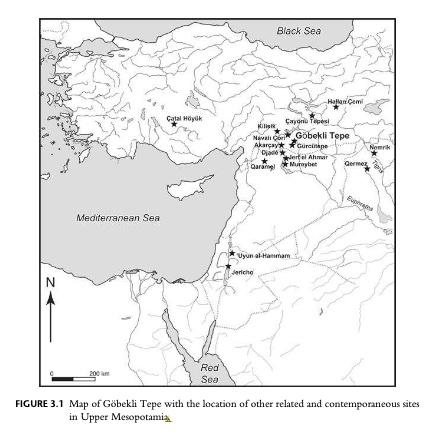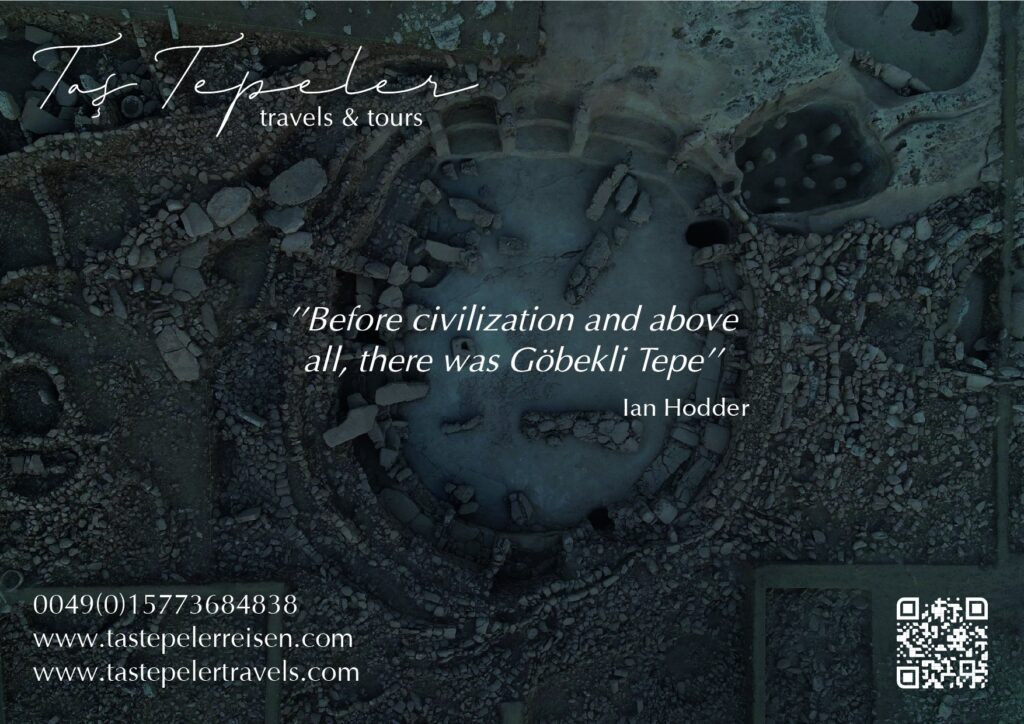
Can the enclosures of Göbekli Tepe be seen as examples of the earliest recognized shrines, even temples, that completely exclude domestic functions? What was the social organization of the community that gathered their efforts to carve out large pillars, up to 7m tall, and occasionally to dress them with elaborate images of mainly wild and male animals? To what end was such a large labor pool mobilized? How big was the area around the site from which people were drawn in order to construct and/or visit this particular place? Was there a connection between broadly contemporaneous examples of intentional intensification in the use of wild plant resources across the area of the Fertile Crescent, eventually leading to their domestication, and aspects of life and ritual that surrounded what was going on at Göbekli Tepe during its earliest phases?


